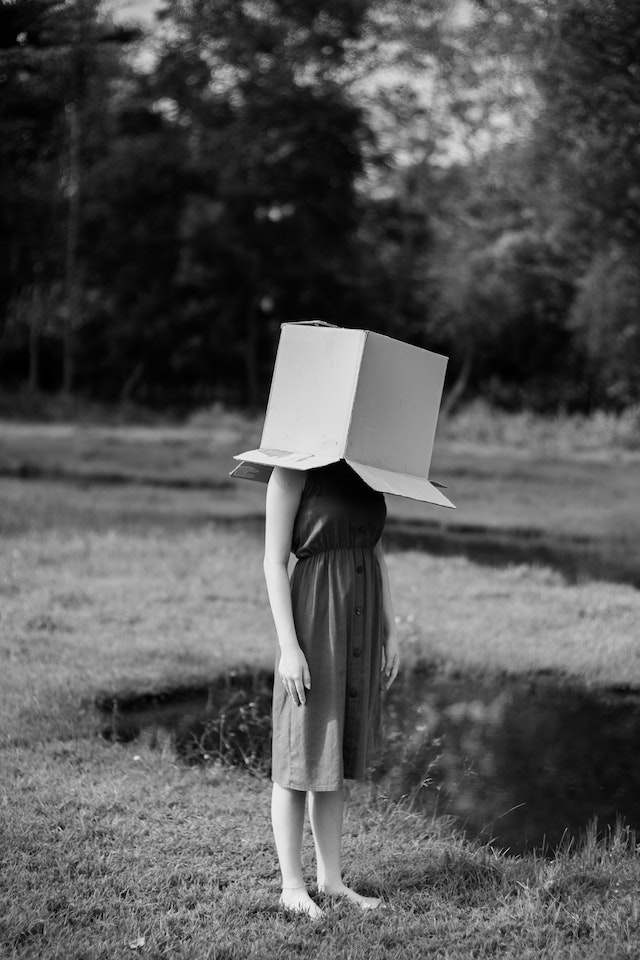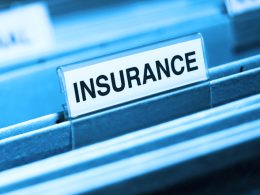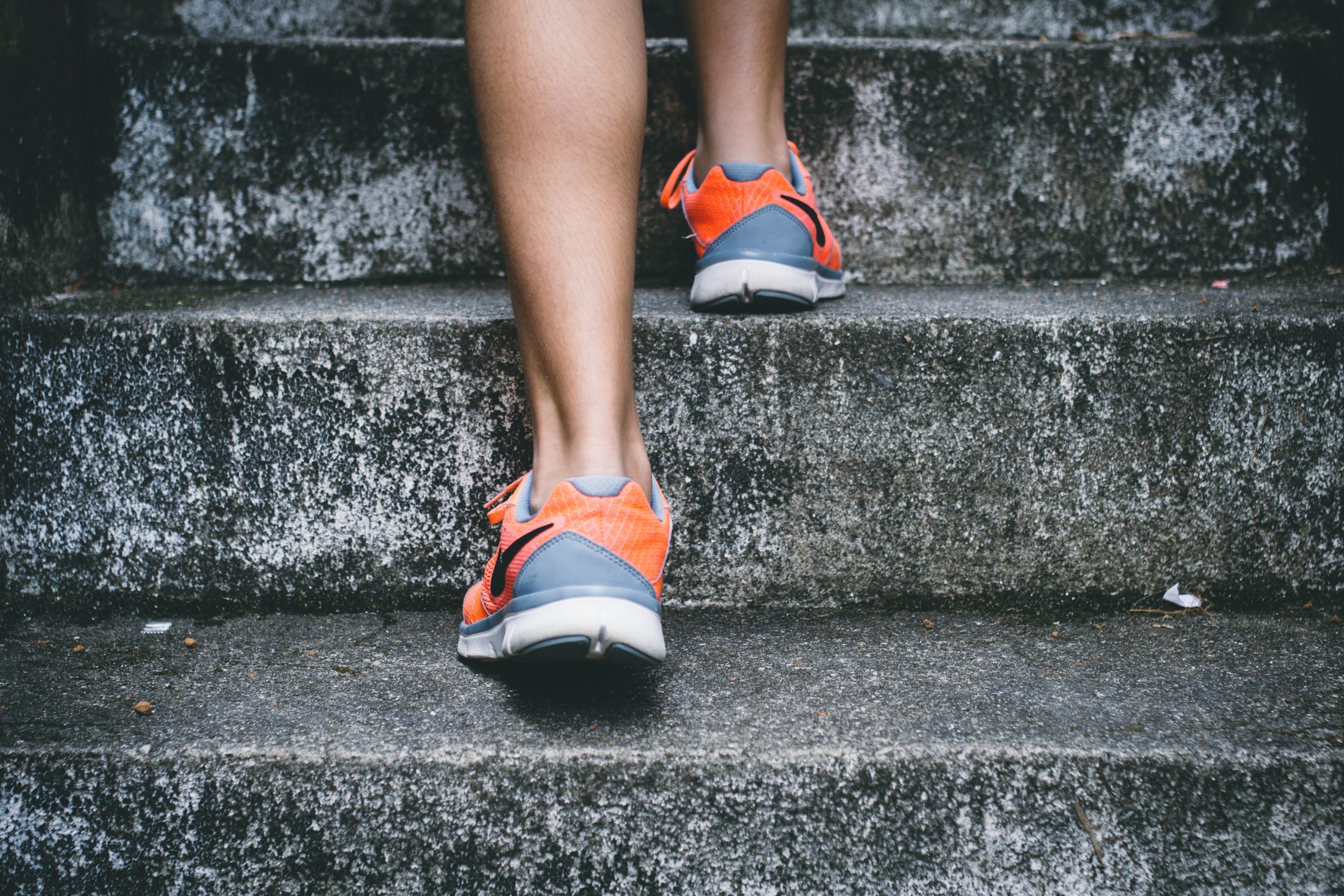Anxiety and depression are two common mental health conditions that can significantly impact a person’s well-being. While they share some similarities, they are distinct disorders with different symptoms and characteristics. Understanding the key differences between anxiety and depression can help individuals seek appropriate support and treatment. Here’s a breakdown of their main features:
- Symptoms:
- Anxiety: Anxiety is characterized by excessive worrying, restlessness, irritability, trouble concentrating, and physical symptoms like rapid heartbeat, sweating, and shortness of breath. It often involves a sense of fear or apprehension about future events or situations.
- Depression: Depression involves persistent feelings of sadness, hopelessness, and a loss of interest or pleasure in activities. Other symptoms may include changes in appetite or weight, sleep disturbances, low energy, difficulty making decisions, and thoughts of self-harm or suicide.
- Focus of Concern:
- Anxiety: People with anxiety disorders are primarily preoccupied with concerns about potential threats or negative outcomes. They may constantly anticipate and worry about things going wrong, even when there is little or no evidence to support their fears.
- Depression: Individuals with depression typically have a pervasive feeling of sadness or emptiness. They may experience a loss of interest or pleasure in activities they once enjoyed. Depressive thoughts often revolve around feelings of guilt, worthlessness, or a bleak outlook on life.
- Time Orientation:
- Anxiety: Anxiety tends to be future-oriented, with excessive worry about what might happen. People with anxiety often anticipate negative outcomes and may engage in “what if” thinking, constantly imagining worst-case scenarios.
- Depression: Depression is more present-oriented, characterized by a persistent feeling of sadness or emptiness in the current moment. Depressed individuals may struggle to find joy or meaning in day-to-day activities.
- Physical Symptoms:
- Anxiety: Anxiety can manifest with various physical symptoms, such as muscle tension, headaches, stomachaches, trembling, and sweating. These symptoms are often a result of the body’s “fight-or-flight” response being activated.
- Depression: While depression is primarily associated with emotional and cognitive symptoms, it can also cause physical symptoms such as fatigue, changes in appetite or weight, sleep disturbances, and chronic pain.
- Response to Stress:
- Anxiety: People with anxiety disorders tend to have an exaggerated response to stress. They may become easily overwhelmed, experience heightened emotional reactivity, and struggle with managing stressors effectively.
- Depression: Individuals with depression may have a diminished response to stress. They often feel emotionally numb or indifferent and may have difficulty engaging with their environment or finding motivation.
It’s important to note that anxiety and depression can coexist, and individuals may experience symptoms of both simultaneously. If you or someone you know is struggling with anxiety, depression, or a combination of both, seeking professional help from a mental health provider is recommended. They can provide an accurate diagnosis and develop an appropriate treatment plan to address the specific needs of the individual.










